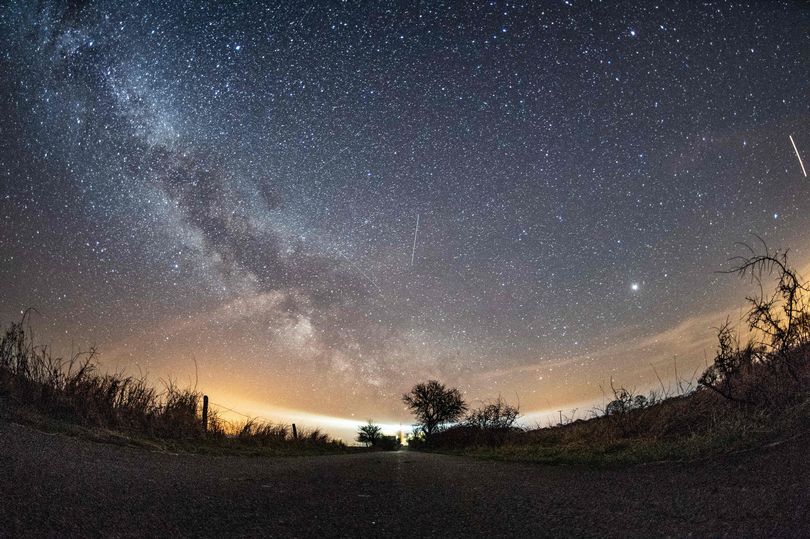The Lyrid meteor shower takes place each year with enthusiastic astronomy lovers able to catch a glimpse depending on conditions.
This year meteorologists at the BBC believe Edinburgh and UK residents may have a great opportunity to witness the celestial spellbinding spectacle.
The Lyrid shower tends to take place from the middle to the end of April each year. Short bursts of light are often seen shooting across the sky during this time of year.
READ MORE: The ‘unsafe’ Edinburgh shopping centre loyal locals refuse to abandon
READ MORE: Sir Chris Hoy opens up on heart-wrenching realisation amid terminal cancer battle
In 2025 the annual meteor shower is predicted to end on April 25 but it is understood Tuesday, April 22, is set to be the best chance for stargazers to take in the event. Forecasters believe the early hours of Tuesday morning before the sun rises will be the most opportune time to witness the shower.
Clearer skies are expected across the UK and although Edinburgh is expected to experience some mild cloud cover, there is still hope the shower can be observed. But capital residents may have to travel to elsewhere in the country to experience the meteors.
Join Edinburgh Live’s Whatsapp Community here and get the latest news sent straight to your messages.
If conditions do improve around the capital, stargazers may be able to see up to 20 meteors over the course of an hour. Locals will be able to see the meteors without any special equipment but it might be an idea to head away from the city glow.
The Lyrids have been recorded by humans for around 2,700 years. They are named after the constellation Lyra, where they appear to radiate outwards from.
The shower is caused when Earth passes through a region of the solar system where there’s lots of debris from a comet called C/1861 G1 Thatcher.
The comet – discovered in 1861 by a professor called A.E Thatcher – orbits the sun once every 415 years. As the rock and dust that have fallen from the comet pass through the Earth’s upper atmosphere it vaporises, turning into shooting stars that burn up before reaching the ground.
Sign up for Edinburgh Live newsletters for more headlines straight to your inbox
The Lyrid meteor shower usually produces up to 20 meteors per hour, each travelling around 30 miles per second. They usually don’t leave trails but rarely can produce big fireballs.
For those headed out, you are advised to avoid city glows, while also giving your eyes 20 minutes to adjust to looking at the night sky. Also be prepared to wait though, wrap up warm and grab a blanket to sit on so you can look up for as long as it takes to spy the shower.
You can check Edinburgh’s weather forecast for the coming week via the BBC website here.
